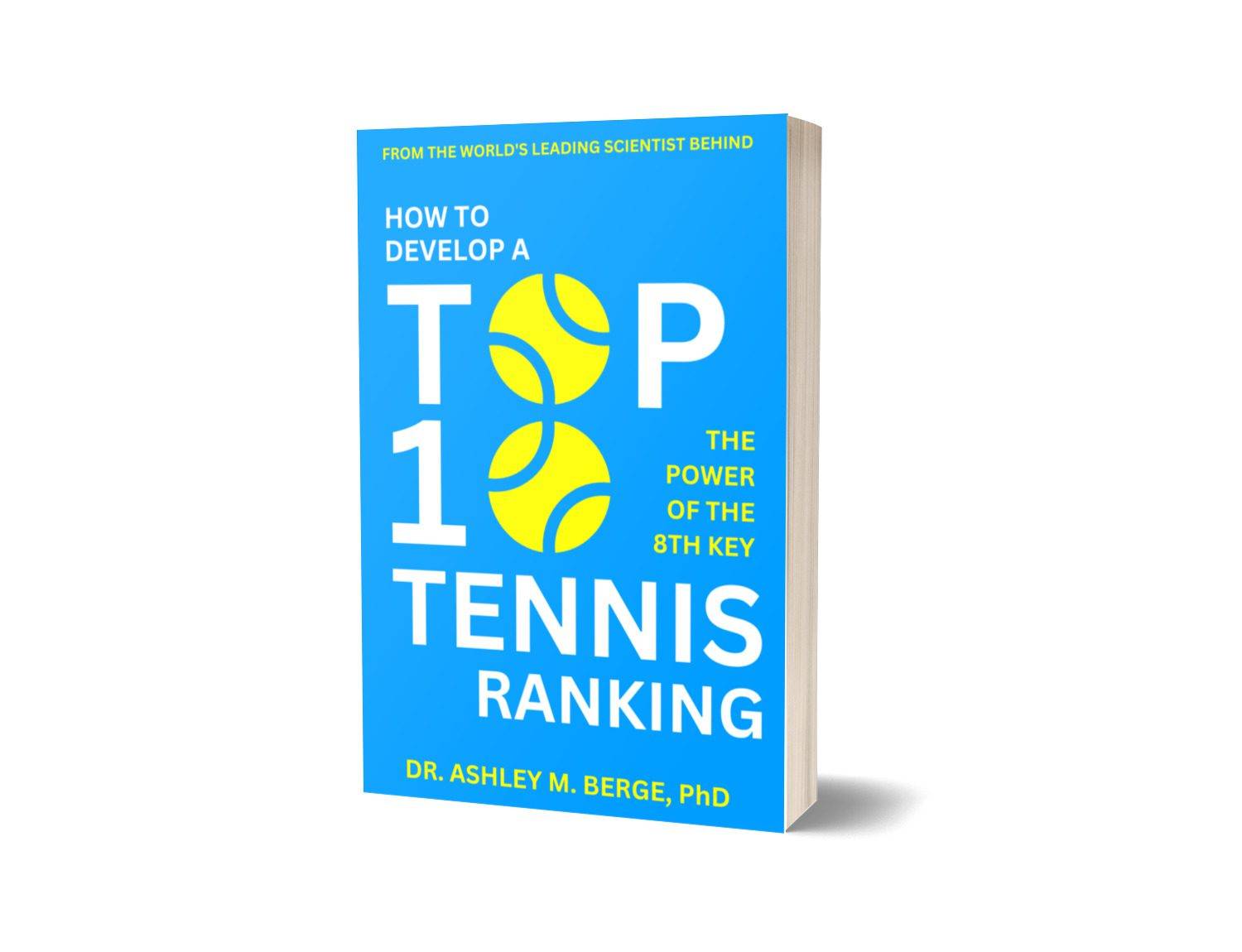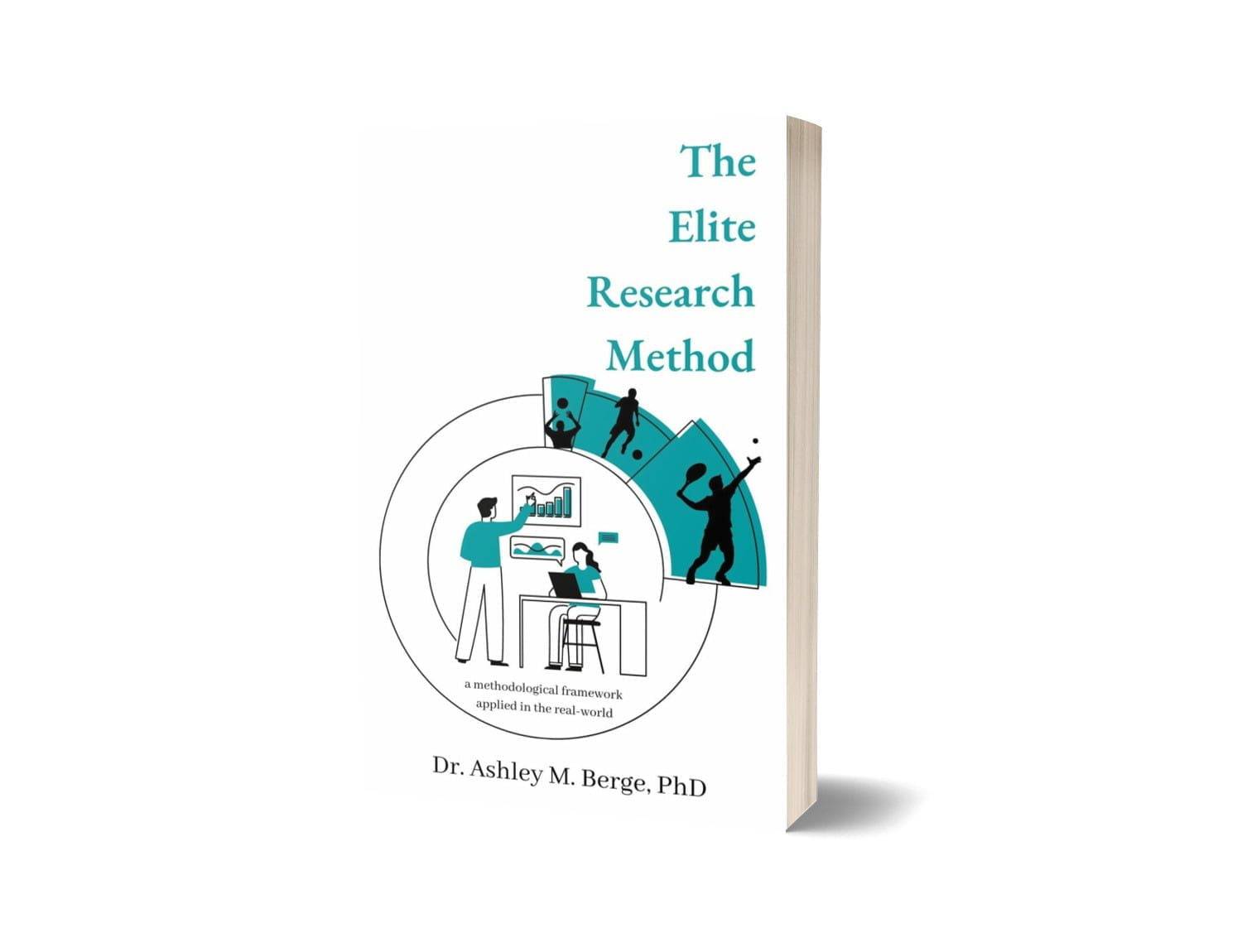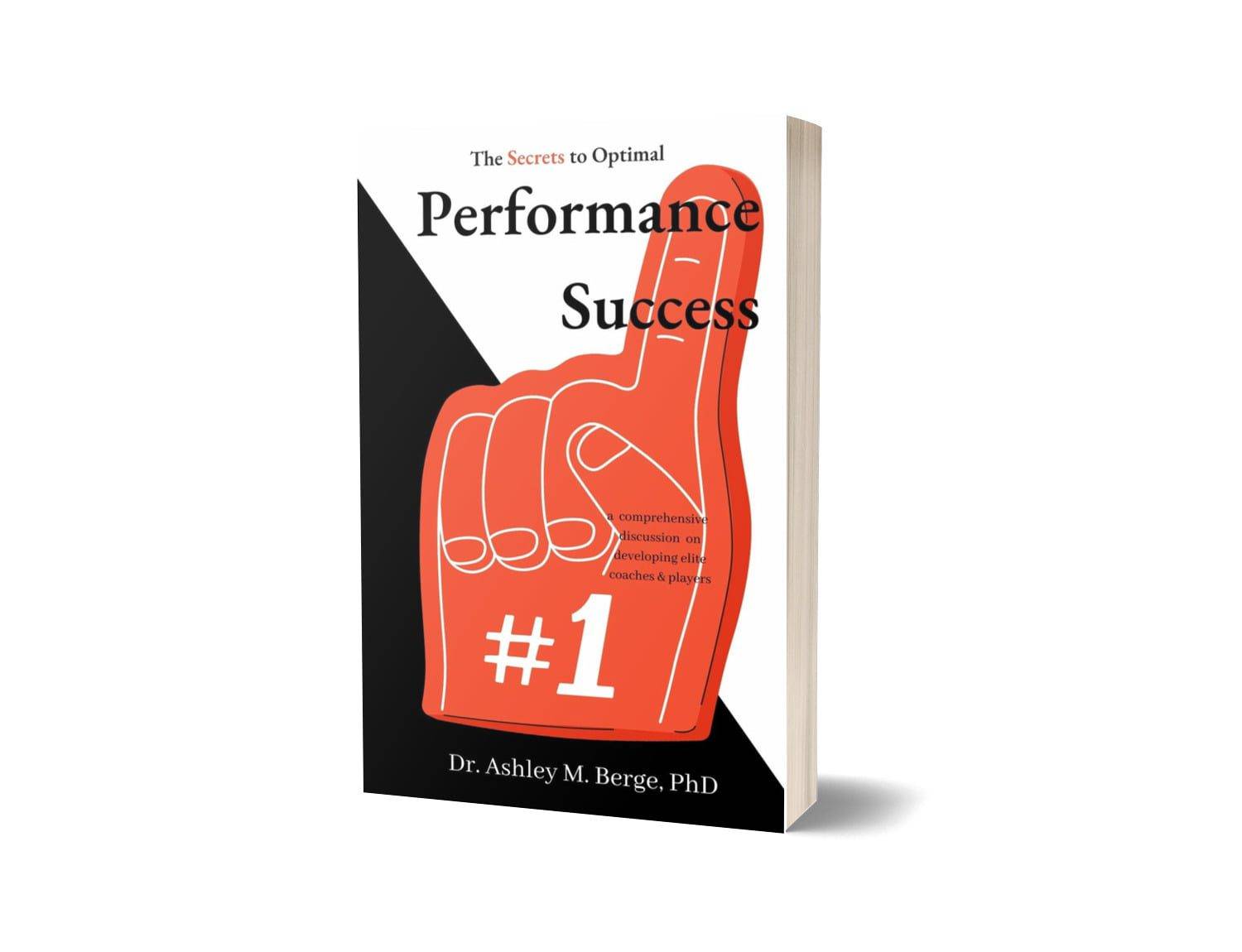
Theme 1: Introduction and Setting the Context
(00:00 – 05:00)
Dr. Ashley M. Berge begins the episode by discussing her ongoing projects, including her latest book, which dives into the intersection of data and athlete development. She outlines how her work helps build champions by combining data insights with high-level performance strategies. This segment also introduces Player A (Rank 1), one of the players Dr. Berge has provided in-depth analyses of/for, who has achieved Grand Slam success through these methods. Dr. Berge sets a forward-looking tone for the episode, focused on how data-driven approaches shape elite-level tennis today.
Theme 2: The Evolution of Data in Sports Performance
(05:01 – 10:00)
Dr. Berge elaborates on how data has evolved from tracking basic statistics to becoming an integral tool for customizing player strategies and mental conditioning. She references Player B (Rank 2) and how data on performance trends and emotional resilience allowed this player to refine their approach to high-pressure situations, particularly in major tournaments. This evolution is a central theme in how top players like Player C (Rank 5) optimize their training and gameplay.
Theme 3: Mental Fortitude and Data-Driven Insights
(10:01 – 15:00)
This segment explores the importance of mental resilience, and Dr. Berge emphasizes the role of emotional and psychological data in training elite athletes. Player D (Rank 3), who had previously struggled with focus during tiebreak situations, is used as an example of how mental conditioning has transformed their game. Dr. Berge highlights how these insights, backed by real-time data, helped the player overcome mental blocks during critical moments in major tournaments.
Theme 4: Fine-Tuning Tactics with Data
(15:01 – 20:00)
Here, Dr. Berge talks about the use of data to fine-tune match tactics. Player E (Rank 4) is cited for using detailed movement and agility data to enhance their footwork, improving both offensive and defensive play. With insights gained from data analysis, Player F (Rank 6) refined their serving strategy, leading to more successful outcomes in high-stakes matches, particularly in Grand Slam tournaments.
Theme 5: Physical Conditioning and Injury Prevention
(20:01 – 25:00)
In this segment, Dr. Berge discusses how data informs players’ physical conditioning and injury prevention. Player G (Rank 5) benefited from a proactive injury prevention program that monitored muscle recovery and joint stress, allowing them to avoid a recurring injury that had previously affected their tournament performance. This data-driven approach has been essential in ensuring players’ long-term careers and continued success in major events.
Theme 6: Adapting to Environmental Conditions
(25:01 – 30:00)
Environmental factors like heat and wind play a crucial role in tennis, and Dr. Berge explains how data has helped players like Player H (Rank 7) adapt to these challenges. By analyzing hydration and stamina data, this player trained specifically for tournaments in hotter climates, leading to better performance in such environments. Player I (Rank 10)used data to adjust their playing strategy in windy conditions, altering their serve technique to achieve better results in tournaments where weather conditions were a significant factor.
Theme 7: Recovery and Performance Balance
(30:01 – 35:00)
Recovery is central to maintaining elite performance, and Dr. Berge describes how data is used to monitor players’ recovery times and optimize their rest periods. Player J (Rank 6) used these insights to balance intense match play with effective recovery, improving their performance consistency. The data-driven recovery plans ensured that the player remained in peak physical condition throughout the season, particularly during the demanding Grand Slam schedules.
Theme 8: Tactical Shifts in Real Time
(35:01 – 40:00)
This section discusses how real-time data is now being used to adapt strategies during matches. Dr. Berge shares a Grand Slam case involving Player K (Rank 8), where real-time data on an opponent’s weaknesses led to mid-match adjustments. This dynamic tactical shift allowed the player to exploit their opponent’s vulnerabilities, ultimately securing a win. Real-time insights are becoming increasingly vital in the fast-paced environment of professional tennis.
Theme 9: The Future of Data-Driven Coaching
(40:01 – 45:00)
Looking ahead, Dr. Berge discusses the future of data-driven coaching. She anticipates that data will continue to evolve, helping predict player trajectories and extending their careers. Player L (Rank 9) is used as an example of how long-term data analysis has allowed them to adjust their training regimen and tournament schedule to optimize performance and reduce the risk of burnout. This foresight is seen as a crucial component of future coaching strategies.
Theme 10: Player Customization and Style
(45:01 – 50:00)
Every player has a unique style, and Dr. Berge explains how data allows for a customized training approach that maximizes each player’s strengths. Player M (Rank 10) adjusted their training focus to improve their transition from defense to offense, as revealed by data analysis. Similarly, Player N (Rank 12) modified their approach to net play after data highlighted weaknesses in this area, leading to improvements in key match scenarios.
Theme 11: Breaking Through Plateaus
(50:01 – 55:00)
Dr. Berge discusses the use of data to help players break through performance plateaus. Player O (Rank 1) faced challenges with match consistency, but through detailed performance analysis, they were able to identify areas for improvement in reaction times and shot placement. With targeted training based on these insights, the player overcame their plateau and began to win consistently at the highest level, including securing multiple Grand Slam titles.
Theme 12: Emotional Data and Performance Impact
(55:01 – 60:00)
In this section, Dr. Berge delves into the impact of emotional data on performance. By monitoring Player A (Rank 1)’s emotional responses during high-stakes matches, Dr. Berge was able to design a program that helped the player maintain composure during pivotal points, such as set and match points. This emotional conditioning was crucial to securing several key victories, particularly in major tournaments.
Theme 13: Long-Term Career Development
(60:01 – 65:00)
Dr. Berge outlines her long-term approach to career development, using data to track players’ performances over the years. For Player B (Rank 2), this long-term data allowed them to adjust their tournament schedule and recovery protocols, ultimately leading to a sustained career at the top levels of the sport. Dr. Berge emphasizes how data can guide long-term decision-making to ensure a player’s career longevity and peak performance.
Theme 14: Match Simulation and Predictive Modeling
(65:01 – 70:00)
Predictive modeling and match simulation are becoming more prominent in tennis, as Dr. Berge explains in this section. Player C (Rank 5) used data simulations to prepare for a Grand Slam final, which allowed them to anticipate their opponent’s strategies and adapt during the match. This predictive approach gave the player a significant advantage, leading to a championship win.
Theme 15: Conclusion: Science and Sports in Harmony
(70:01 – End)
The episode concludes with Dr. Berge reflecting on the role of science and data in modern sports. She discusses the harmony between sports science and elite performance, emphasizing the need for a holistic approach that integrates biomechanics, psychology, and data analysis. Dr. Berge envisions a future where data continues to drive player development, ensuring that the next generation of champions are built on both science and skill.
References
- Player A – Rank 1.
- Player B – Rank 2.
- Player C – Rank 5.
- Player D – Rank 3.
- Player E – Rank 4.
- Player F – Rank 6.
- Player G – Rank 5.
- Player H – Rank 7.
- Player I – Rank 10.
- Player J – Rank 6.
- Player K – Rank 8.
- Player L – Rank 9.
- Player M – Rank 10.
- Player N – Rank 12.
- Player O – Rank 1.
Note: you just read an automated summary of episode #127 — if you found this helpful and/or pieces were not as accurate as you’d like, please let us know and be mindful that intermittently these automated summaries will be shared for those of you who seek a quick snapshot of our episodes.
To learn more about our data, predictive analytics and how to optimise your own performance, head on over to AM8 International. To learn more about AM8 International check out our selection of Books and/or options to join Dr B’s Pack to gain exclusive access to the best in the world. Not quite ready? Head on over to Beyond Top 10 Tennis for free access to 100+ episodes directly from Dr Berge of what it really takes to win multiple Grand Slams to securing that Top 10 tennis ranking with new episodes each week. More? Join Dr Berge’s Newsletter on Substack, come say “hi” on Topicthread, BlueSky, X, YouTube or Instagram that may very well include quick snippets you can apply in your game, today, or even consider leaving a review on Amazon or Google.
















